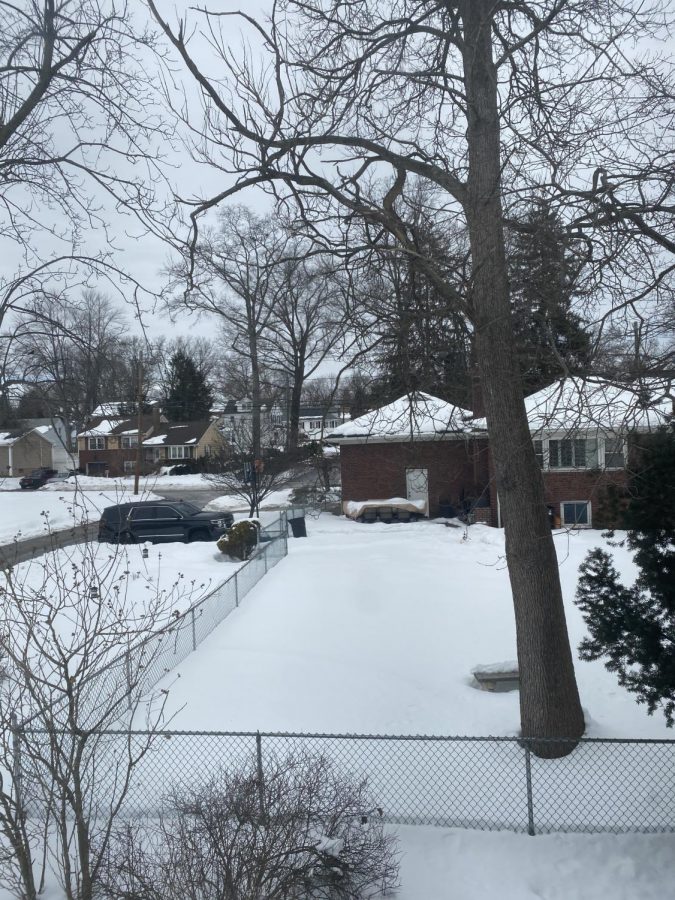US Cities Are Losing 36 Million Trees A Year
February 12, 2021
The United States is officially losing at least 26 million trees a year. As the years go by, the number of trees lost each year will continue to rise.
According to a study from the Forest Service, “Cities in the United States are increasingly seeing concrete in place of greenery as urban areas lose an estimated 36 million trees annually.”
The total loss of trees reached 1% across cities and surrounding areas in the five years between 2009-2014. As 80% of Americans live in urban areas it has serious environmental, social, and economic consequences, warned researchers. Important examples of things that trees provide for us are reducing temperatures, absorbing carbon and excess water, blocks noises, and helps and supports wildlife.
According to CNN, “Many studies have found connections between exposure to nature and better mental and physical health. Some hospitals have added tree views and plantings for patients as a result of these studies. Doctors are even prescribing walks in nature for children and families due to evidence that nature exposure lowers blood pressure and stress hormones. And studies have associated living near green areas with lower death rates.”
This study shows the importance of observing or being around nature, and how it can help people mentally and physically.
Ways that you can stop tree loss are protecting what you have. You can start by pruning the dead limbs out of your trees, noticing when your trees may be in trouble, not removing old trees if not necessary, allowing trees to grow on your property, and educating yourself about trees and getting involved in wildlife conservation.
According to PBS.org, “Now and Greenfield conservatively estimate that we’ve lost $96 million in benefits from the lost trees over the period of the study. They arrived at that number by calculating a narrow set of benefits for urban trees, including air pollution removal, energy conservation, carbon sequestration and avoided emissions (for example, due to lowering the heat island effect).”
“Their $96 million estimate, though, isn’t just conservative, but likely significantly understates the losses. Trees also add thousands of dollars to home values , help lower crime rates , and reduce stress . They are even correlated with students performing better in school —a tree outside a classroom or cafeteria is associated with better test scores, higher graduation rates, better behavior, and higher likelihood of attending a four-year school. Together, these effects could greatly alter a city’s prospects.”
In conclusion, if one cares about wildlife conservation, then one should consider keeping trees on your property, because according to all of the examples I provided above, people should probably want to keep trees up and grow them if you don’t have any.







